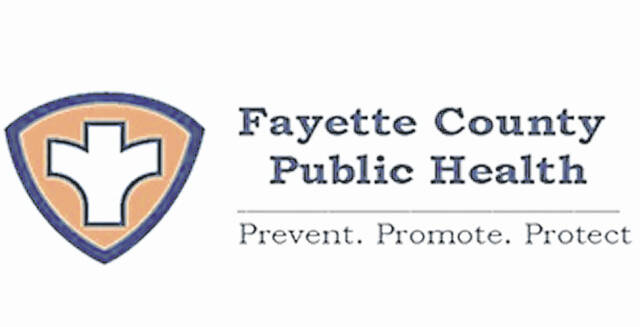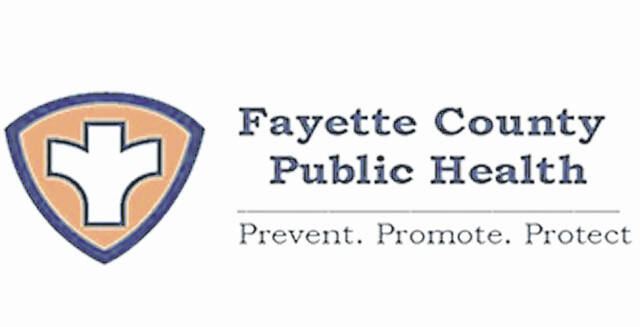

Ohio Governor Mike DeWine Friday provided the following updates on Ohio’s response to the COVID-19 pandemic:
Ohio National Guard Mobilized
Governor DeWine mobilized 1,050 members of the Ohio National Guard to help relieve the hospital staffing strain caused by the rising number of hospitalized COVID-19 patients. Of the total mobilized guard members, approximately 150 are highly-trained medical professionals and will deploy to help meet critical needs at hospitals and testing locations. The remaining 900 guard members will help with patient transport, housekeeping, and food services. Guard members will be brought on duty beginning on Monday.
Staffing Agreement
The Ohio Department of Health is working with an Ohio health care staffing company to help meet hospital staffing needs. This agreement will allow for Ohio hospitals to bring in qualified nurses and other providers from out-of-state to fill needed positions to help ease some of the current added pressure on hospitals and staff.
Hospitalization Data
More than 4,700 people are currently hospitalized in Ohio fighting COVID-19, which equates to one in every five hospital patients. This is the highest number of people hospitalized with COVID-19 this year, and the number of hospitalized patients is rapidly approaching an all-time high.
Due to the increase in COVID-19 hospital admissions many hospitals have been forced to postpone elective surgeries, transfer patients to other hospitals, impose visitation standards, and/or implement what they call “crisis standards of care,” in which they have no choice but to take extraordinary steps to care for patients in ways that aren’t typical, such as providing intensive care in emergency rooms or in post-surgical units.
In Northern Ohio (Ohio Hospital Zone 1) most hospitals have suspended elective surgeries. In Central and Southeast Ohio (Ohio Hospital Zone 2), the same thing is beginning to happen. In southeast Ohio, (Ohio Hospital Zone 3), hospital leaders are preparing to take similar action.
The best way to relieve the strain on our health care providers is to stay up-to-date on COVID-19 vaccinations to prevent serious illness and hospitalizations. To find a vaccination provider near you, visit http://gettheshot.coronavirus.ohio.gov.
Fayette County COVID-19 update
As of Thursday, Dec. 16, Fayette County ranks sixth in the state in the incidence of new COVID-19 cases over the latest two-week period.
There were 295 cases reported to Fayette County Public Health for the period ending Dec. 15, which is equivalent to 1,034.2 cases per 100,000 people. The county rate of fully vaccinated people (41%) remains low compared to Ohio (56%) and national (65%) rates.
Cases are increasing nationwide. Though we are all experiencing pandemic fatigue, it remains important to use the tools that we have to reduce the risk to ourselves and our loved ones. This includes getting vaccinated, wearing a mask properly, frequent handwashing, maintaining distance, and limiting indoor activities.
We don’t know yet how long COVID-19 vaccine protection lasts. According to the Centers for Disease Control and Prevention, recent studies show that protection against the virus may decrease over time. This reduction in protection has led CDC to recommend that everyone ages 18 years and older get a booster shot after completing their primary vaccination series. This is especially important in light of a new variant of concern (Omicron) that is circulating in Ohio, and as people get further past completion of their primary series and face waning immunity.
People who received the Pfizer-BioNTech or Moderna COVID-19 vaccine for their primary series should get a booster shot at least six months after completing the primary series. People who received Johnson & Johnson’s Janssen COVID-19 vaccine should get a booster shot at least two months after getting their first shot.
At this time, CDC recommends getting only one COVID-19 booster shot. Evidence continues to be reviewed and guidance will be updated as more information is available.
Celebrating the Holiday Safely
The Ohio Department of Health has released a holiday guide with tips for a safe and healthy holiday season. If you choose to gather and celebrate with people outside of your household this holiday season, here are ways to help you and your loved ones stay safe and healthy.
Choose to get vaccinated. The best way to protect yourself and your loved ones is to get vaccinated. A group of fully vaccinated individuals gathering for the holidays is the safest choice. If you are not fully vaccinated, indoor gatherings pose risks.
– Children ages 5-11 are now eligible to receive the Pfizer-BioNTech COVID-19 vaccine pediatric formulation, a lower dose tested and proven safe and effective for younger children. Youth ages 12-17 remain eligible for the adolescent/adult dosage.
– Young children under age 5 are not eligible for vaccination. It’s important to take steps to keep the children in your families safe.
– Remember, it can take up to five or six weeks to receive full protection, so now is the time to get your vaccine. If you are not fully vaccinated, schedule an appointment now at gettheshot.coronavirus.ohio.gov.
• If you’re age 18 or older, get your COVID-19 booster dose to strengthen your ongoing protection.
• Outdoors is safer than indoors.
– Depending on the weather and the setting, consider dining outdoors on a patio.
– Plan fun activities outdoors. If it’s chilly, bundle up in layers and protect your head, hands, and feet.
– Plan your own Thanksgiving Day turkey trot around the neighborhood to work off those extra calories.
– Instead of a traditional indoor holiday gathering, plan an outdoor excursion like ice skating, snowshoeing, skiing, or snow tubing.
– If it snows, have a snowball fight, go sledding, build a snowman, or make snow angels.
• When indoors, ensure proper ventilation. Avoid crowded, poorly ventilated spaces, and open windows, and/or use window fans to keep air circulating if possible.
• Space your dining areas. Consider several small dining tables spaced out restaurant-style. Members of different households could sit at different tables.
• Maintain safe distancing. Spread apart and maintain at least 6 feet of physical distance between people when possible
Who is eligible for a booster shot? Any fully vaccinated adult 18 or older.
When to get a booster:
• If you received the Pfizer/Comirnaty or Moderna vaccine — at least six months after your second shot.
• If you received the Johnson & Johnson vaccine — at least two months after your original shot. Which booster should you get? Any of the COVID-19 vaccines authorized in the United States (Pfizer, Moderna, Johnson & Johnson).
• Consider wearing masks indoors.
– If you are not fully vaccinated and are at least 2 years old, wear a well-fitting mask over your nose and mouth if you are indoors.
– Consider wearing a mask, particularly if gathering with people outside of your normal household and if the gathering includes a mix of vaccinated and unvaccinated people.
• Stay home and do not host a gathering if you have any signs or symptoms of COVID-19.
• Get tested before attending any gathering if you have symptoms of COVID-19 or have a close contact with someone who has COVID-19.
– Consider getting tested if there is any chance you may have been exposed to someone who has COVID-19, even if you are asymptomatic.
• Make sure everyone washes their hands frequently and uses hand sanitizer. If you’re hosting, make sure hand sanitizer is easily accessible for your guests.
• Regularly disinfect frequently touched surfaces.
• Connect virtually with family who do not attend in-person gatherings. Don’t forget some of the fun new traditions you created last holiday season. Plan a video call, virtual activity, or virtual gift exchange with any relatives who can’t gather in person.
For more information visit faycohd.org or coronavirus.ohio.gov.


